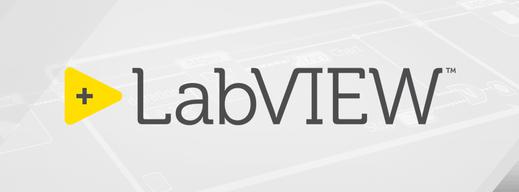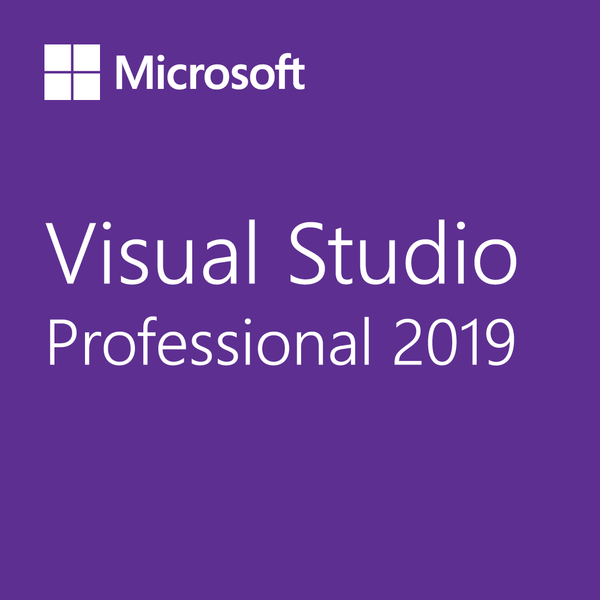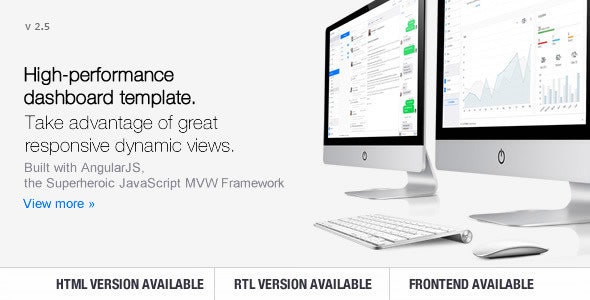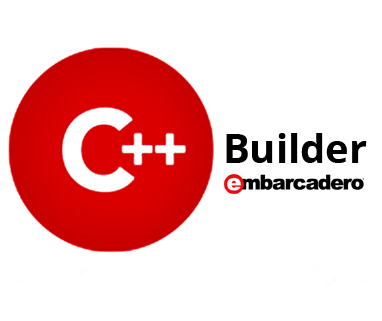Overview: LabVIEW (Laboratory Virtual Instrument Engineering Workbench) is a system-design platform and development environment from National Instruments (NI) for a visual programming language. It is widely used for data acquisition, instrument control, and industrial automation. LabVIEW’s graphical programming approach allows users to create programs by connecting functional nodes with wires in a block diagram, making it particularly useful for engineers and scientists. Key Features:
- Graphical Programming: Use a visual approach to programming with block diagrams and data flow concepts, making it easier to design and understand complex systems.
- Data Acquisition: Seamlessly integrate with a wide range of data acquisition hardware to collect and analyze data from sensors, instruments, and other devices.
- Instrument Control: Control and automate laboratory instruments and industrial equipment using built-in drivers and communication protocols.
- Real-Time and FPGA Development: Develop real-time applications and FPGA-based systems for high-performance and deterministic control.
- Extensive Libraries: Access a comprehensive set of libraries for signal processing, analysis, and visualization, including tools for filtering, FFT, and statistical analysis.
- User Interface Design: Create custom user interfaces with interactive controls, graphs, and indicators to visualize and interact with your data.
- Integration with Other Software: Integrate with other software tools and languages, including Python, MATLAB, and C/C++, for extended functionality and interoperability.
- Modular Architecture: Build modular and scalable applications using subVIs (subroutines) and project templates.
- Debugging and Testing Tools: Utilize advanced debugging and testing tools to identify and fix issues in your applications, including breakpoints, probes, and execution highlighting.





